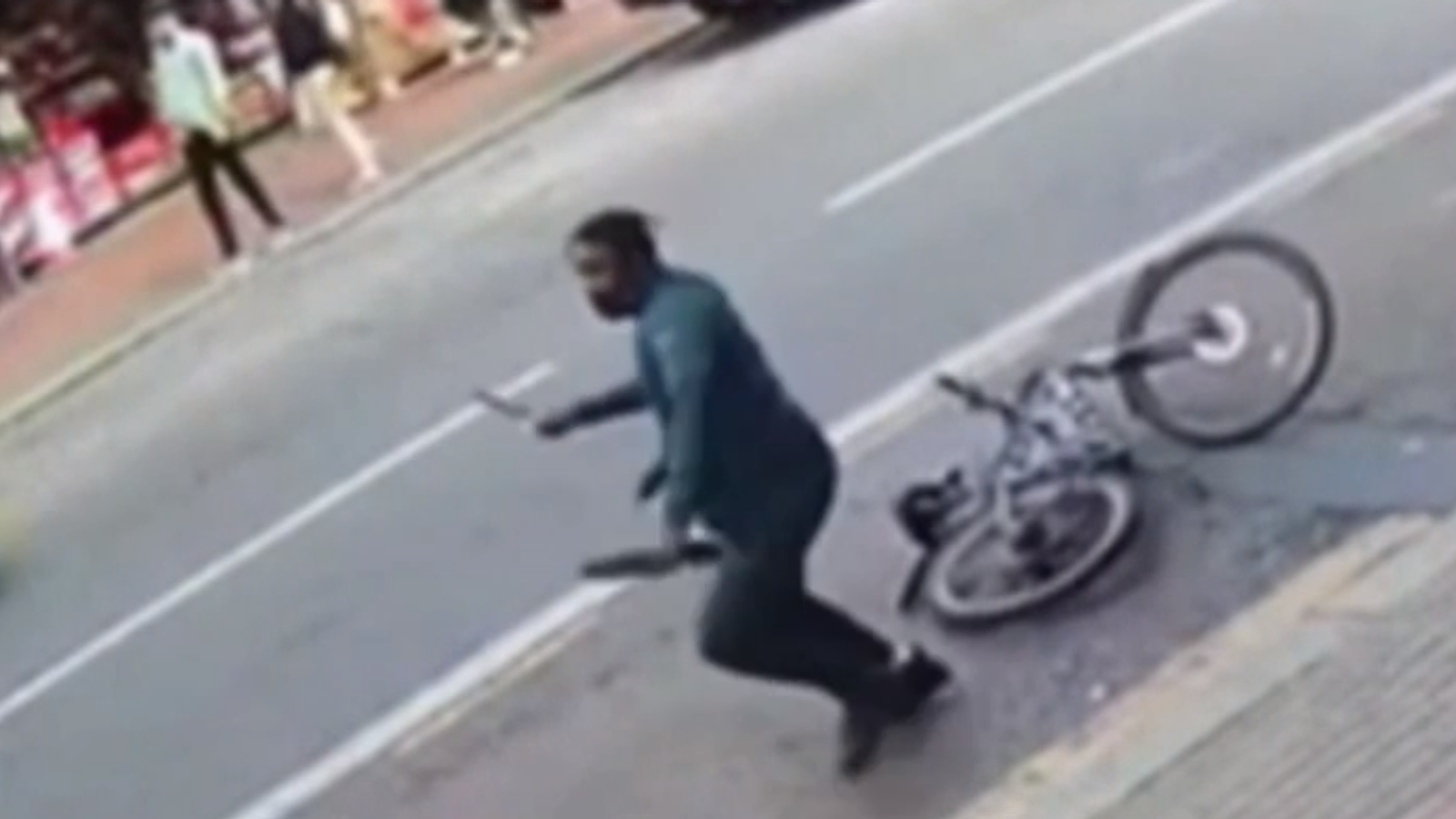Low traffic neighbourhoods will no longer be able to be created using government money, as Downing Street pledges to end the war on motorists.
Mark Harper, the Transport Secretary, has stripped funding from all projects which involve the creation of car-free zones.
The move means that councils will have to find their own money from now on if they want to install the controversial schemes.
Tory MPs hailed the decision as a welcome change of approach from the Government, and said it could reverse the tide of new LTNs being built.
Mr Harper unveiled £200 million of funding on Friday, which will pay for projects to encourage more people to walk and cycle to work and school.
The money will fund 265 schemes in 60 areas of the country, which will make journeys safer for cyclists and pedestrians and boost high streets.
Ministers said that the funding would “not include any low traffic neighbourhood schemes”, and would only be used for projects that “benefit the community as a whole”.
‘Being pro-walking should not mean being anti-driver’
The Telegraph has been told that the new criteria introduced by Mr Harper mean LTNs will not qualify for central Government funding in the future.
A Whitehall source said: “Active travel schemes have to work for local residents and need to give people improved choices rather than banning things.
“Being pro-walking and cycling should not mean being anti-driver.”
Mr Harper said the Government wanted to “make sure everyone across the country can choose cheaper, greener and healthier travel while we continue to support our local businesses and grow the economy”.
LTNs involve shutting off the majority of side roads in an area to cars, and are cited as a way to reduce pollution and make cycling and walking safer.
They are policed by blocking streets with planters or bollards or by using cameras, with drivers facing fines for driving down them.
Their use exploded during the pandemic, with 72 new schemes rolled out across London neighbourhoods home to 300,000 people.
The schemes have been heavily championed by Sadiq Khan, the London mayor, who has been accused of pursuing relentlessly anti-car policies.
Critics of LTNs say they displace traffic to main roads rather than reducing it, increasing congestion and leading to worse air pollution.
They also warn that banning traffic from certain areas decimates local businesses, including shops.
‘These disruptive schemes are toxic for our high street’
In Haringey, north London, there was an exodus of businesses from the high street after the introduction of a car-free zone “changed business models overnight”.
Theresa Villiers, the Tory MP for Chipping Barnet, said: “I’m very pleased to hear the news that there’s a change of approach on LTNs from the Government.
“These very disruptive schemes have damaged the transport network in London. They are toxic for our high streets which are already struggling.
“Now we’re not going to see central government funding these any longer, we should see what steps we can take to encourage councils to start removing them.”
Paul Scully, who is running to be the Tory candidate in the next London mayoral elections, has said he would give residents more power to block the schemes.
Last month, Transport for London was forced to admit that LTNs can cause more traffic jams and slow bus journey times in the capital.
The schemes have also been introduced in towns and cities outside the capita, including Doncaster, Sheffield, York and Bath.
This week, Norfolk County Council also said it was exploring the option of building them across the county.
In some areas local authorities have removed LTNs, including in Croydon where many residents openly opposed the schemes.
https://www.telegraph.co.uk/politics/2023/05/19/low-traffic-neighbourhoods-no-government-money/



